Exploring the top 10 most acceptable Linux distributions for fellow gamers is our main goal in this article. These have been hand-picked because of the overall experience you will get when you are gaming with them. The progress on Linux gaming development has been impressive over time, and it is no longer a dream.
The Linux gaming distributions we will examine herein are greatly optimized for gaming. Critical in consideration are the drivers and applications that come with them. For instance, we are looking at the kind of emulators, the drivers, and the gaming software. With these distributions, you can play your game out of the box with minimal or no configuration needed. These gaming distros are very friendly.
Consideration before selecting a particular Linux Distribution for Gaming
Hardware requirements – Among all the considerations, this one stands out. It would help if you looked at this before even contemplating installing any distribution for gaming. Meeting the minimum standards as far as Linux distro goes is a critical point. It will also determine if the drivers will be support or not.
Your selection of games also plays a critical role in settling for a distro in Linux. For instance, people playing average games will not need as powerful hardware as those playing high-end games. Thus if you are a high-end gamer, ensure that you have potent drivers at the back and hardware strong enough to support your gaming.
Frequent updates are a good thing when selecting a Linux distro. This is because, with updates released often, your system will have security patches that will ensure your system stability. As a result, usually, you will have an overall smooth experience in gaming. As a personal preference, the latest releases for virtually every software, let alone Linux distributions have a stable experience overall.
Guidelines for Selecting the Best Linux Gaming Distro for you
Despite the existence of the many multitudes of the Linux distro, there are things we consider a priority when you wish to select one that will best meet your needs as a gamer.
To help you prioritize, consider factors that are of great concern and that touch you in particular. Please go through our list to get inspiration from the others that we may not cover. It is way worth it.
Support and the surrounding community
Not much is as fulfilling as reaching out to experts in a particular domain and find out what they use on their daily basis and for what purposes. That’s where communities come in.
Examine the different distros we will highlight and look at their communities. Elucidate based on your evaluation, the kind of organization you feel inspires and addresses your needs appropriately.
System Stability
Various Linux distributions have different release recycles. You need to know that which concerns you because new releases come with updates and patches that ensure enhanced stability for such a version.
For example, if you love ubuntu, you have to know its long-term support version, which is released after every two years, and the interim release that is done after six months and has support for up to 9 months.
Updates are crucial in Linux, and they point to maintenance updates, hardware-based updates, and comprehensive security.
Desktop Environment
Are you picky, or are you the free-style kind when it comes to the type of desktop environment you prefer for gaming? Either way, the desktop environment may impact your overall gaming experience and is tied to the Linux distro you choose somehow. Though, of course, you can customize this.
We are saying that examining the desktop environment that is suitable for you and serves your preferences is important. It determines how meticulous your gaming can get.
Compatibility
Despite most of the distros we will examine herein being designated for gaming, they all have particular requirements that ensure their optimal performance.
These system requirements can make or break your gaming. So, it is not a bad idea to ensure that you are operating above the minimum requirements to ensure that you have a worthwhile experience while gaming.
Your needs
What do you need? As a good gamer, you should have a glimpse of the kind of games that interest you. This will form the foundation for evaluating the Linux distributions that are inclined in that direction.
For instance, a gamer interested in content creation has different needs from the one who is thrilled by playing games on the emulator.
In either case, these gamers have requirements that need specific distros to meet them. For instance, the case of a content creator kind of gamer requires a distro like Manjaro Gaming Edition, while one playing emulator games should be working in the direction of Lakka OS. In essence, knowing your needs is vital as a gamer.
What’s considered the best Linux distro for gaming?
Despite any Linux-based operating system being able to play many of the games available for Linux, some distributions have significantly been optimized for gaming.
Most of these kinds of distributions already have pre-existing configurations done on several things that will make gaming easier than in a standard Linux operating system that you use.
Choosing one of these optimized distributions will undoubtedly ensure that you save a tone of time that you would have wasted during setup.
Now, is there a one-go to distro in Linux for gaming?
The answer is both yes and no. It relies on how you perceive it. This is why we have the best 10 Linux distributions for gamers for you to choose from.
We make it simpler for you by breaking down their features, functionalities, strengths, and under which circumstances they work best.
The 10 Best Linux Distros for Gaming
We hope this run-down will help select the best Linux-based distro for your gaming escapades.
Steam OS
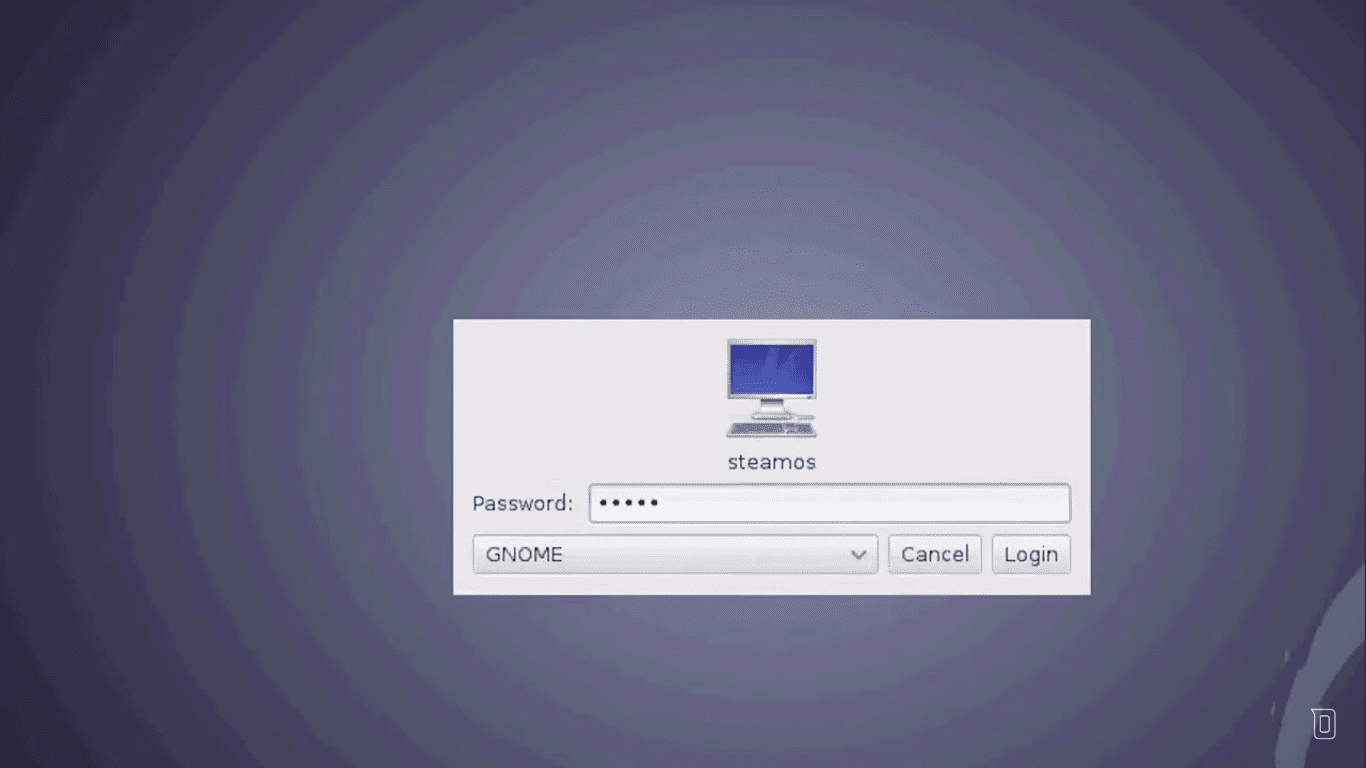
Steam OS Linux Distro
Valve Corporation developed and published Steam OS and has gained ground among the well-known Linux-based distributions for gaming. Most considerations by the distro include providing the pro-gamers with the requirements.
The distribution has both a desktop mode and a Steam pre-installed. The former will ensure that you can experience your desktop with the operating system.
Most drivers and configurations come pre-installed, making it a desirable feature for high-end gamers. This Linux distribution has this entire collection out of the box has created a popular effect among hardcore and beginner gamers in the Linux distro.
It has a simple-to-use interface whose widespread use is easy. Its’ compatibility with diverse gaming pads and joysticks in the market is quite hilarious. Further, it can work with different graphics processors.
Steam OS has the Steam Store that provides quite a massive collection of different games for users to download. This makes the entire process of downloading and installing games on Steam OS a walk in the park.
The only notable downside of Steam OS is the need for newer and robust hardware systems. Thus, if you have older hardware, you may find it challenging to run Steam OS. This may call for you to try other Linux distros for gaming that we examine in our run-down.
Hardware requirements for Steam OS
- RAM: 4GB or More
- Processor: AMD or Intel 64-bit is excellent
- Video Card: choose either AMD Graphics or NVIDIA
- Hard Disk: At least 250GB
SparkyLinux “Nibru” GameOver Edition
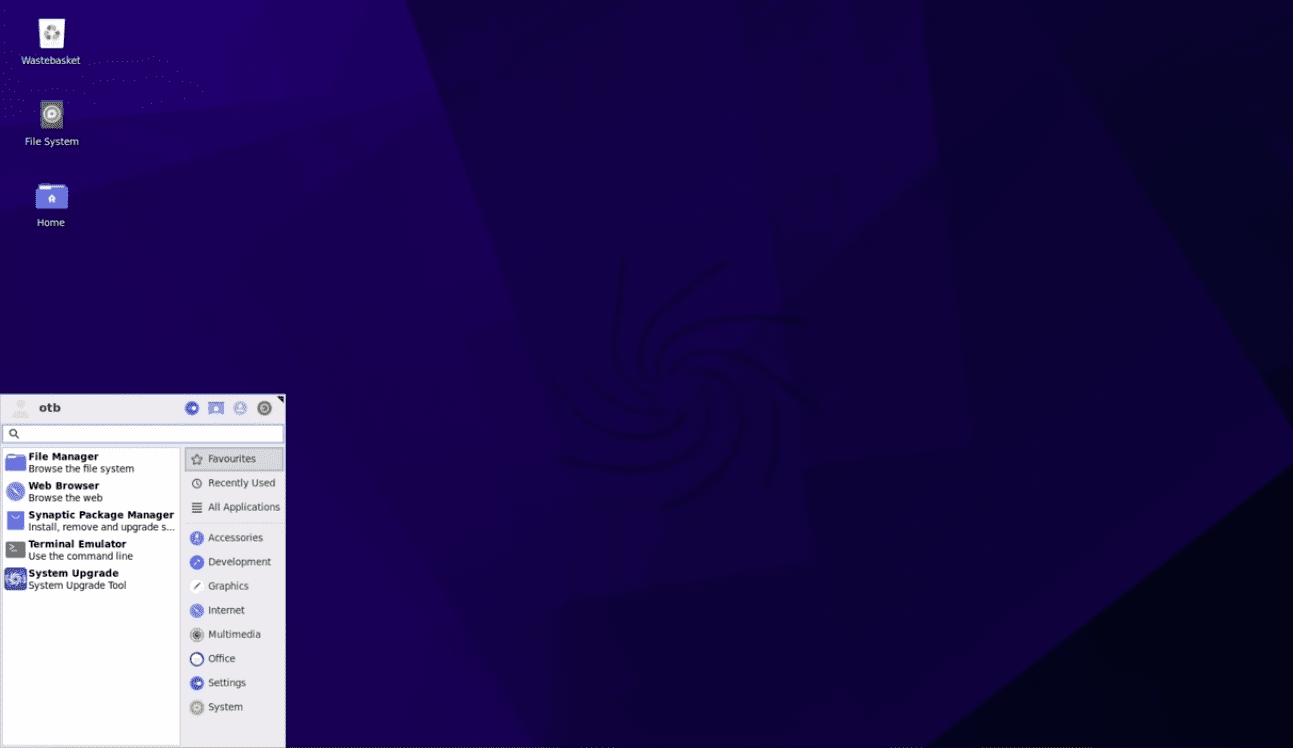
SparkyLinux Linux Distro
Choose SparkyLinux if you are a frequent gamer on various emulators. By installing, SparkyLinux, you are done with emulators for good. It is vital to note that SparkyLinux is a Debian distro.
With this distro, games can be downloaded and installed easily on bother windows and Steam. The core reason for them is the availability of wine and PlayOnLinux pre-installed, respectively.
In SparkyLinux, most configurations and additional drivers have already been installed for you. This has proven to make this Linux distribution great.
SparkyLinux has a tool called APTus gamer, which is bundled with SparkyLinux. This tool is available in its package, GameOver Edition. This tool’s specialty is in making sure that gamers have easy access to gaming emulators, which are diverse. Besides, it also provides additional gaming tools besides the consoles if you wish to game on any platform.
Hardware requirements for SparkyLinux
- RAM: At least 1GB
- Processor: AMD or Intel Processor 32-bit or 64-bit
- Video Card: AMD Graphics or NVIDIA
- Hard Disk: At least 250GB
Manjaro Gaming Edition

Manjaro Gaming Edition Linux Distro
Manjaro gaming edition is an excellent choice if you prefer content creation because of the multitude of content creation tools bundled with Manjaro Linux. Some of these applications include chatting software, streaming apps, devices for taking screenshots, and audacity. The latter is an excellent multi-track audio recorder and editor.
Manjaro Gaming Edition is well known for its pre-installed drivers for graphics cards. Despite these drivers’ irregular updates, they are easily optimizable to have a better experience in gaming.
It also comes with out of the box emulators that consist of Dolphin, DOSbox, Yabause, FCEUX, PCSX, PCSX2, PPSSPP, RetroArch, Stella, PPSSPP, VBA-M, Yabause, and ZSNES, Dolphin, FCEUX, Kega Fusion, Kega Fusion, PCSX, PCSX2, RetroArch, Stella, VBA-M, and DOSbox.
Just in case you choose to stream your gaming, Manjaro Gaming Edition will serve you well, especially if you choose to use one of the listed emulators.
However, there is a challenge in using Manjaro Gaming Edition, more so if you want to play steam games. This is because you have to get hands-on and do a manual installation. The challenges are not over, though. You may experience further challenges because Manjaro Gaming Edition is based on Arch Linux, which does not support Steam.
Hardware requirements for Manjaro Gaming Edition
- RAM: at least 1GB
- Processor: AMD, or Intel 1GHz processor
- Video Card: Intel, ATI, Nvidia
- Hard Disk: at least 1GB
Fedora Games Spin
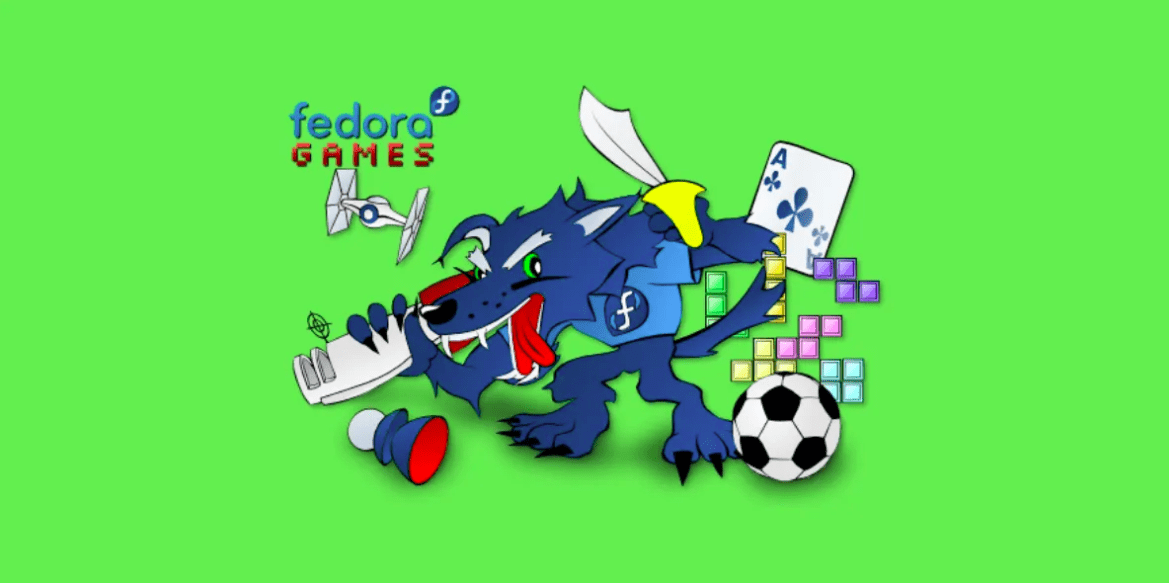
Fedora Games Spin Linux Distro
The kind of games in Fedora Games Spin includes genres ranging from turn-based strategy games to first-person shooter games. These pre-loaded games ranging in thousands make Fedora Games Spin a very-sought after Linux distro for gaming. Moreover, extra tools come in handy when you decide to download and play more on the platform.
The driving force behind Fedora Games Spin’s growing stature is its stable operating system at the core and its lightweight and fast nature. It is a wonderful platform for gamers because it’s optimized and dedicated for gaming by the maintainers. If you are a gamer who has used the XFCE desktop environment, Fedora Games Spin is palatable for you.
As opposed to the other distros, the downside to Fedora Games Spin is the lack of PlayOnLinux, Wine, and Steam bundled out of the box. If you intend to play games from other platforms, for instance, the windows operating system, you have to install them manually.
Additionally, some games might require you to download and install extra drivers to play them amicably on Fedora.
Hardware requirements for Fedora Games Spin
- RAM: At least 1GB
- Processor: AMD or Intel Processor 32-bit or 64-bit
- Video Card: AMD Graphics or NVIDIA
- Hard Disk: A minimum of 10GB
Ubuntu GamePack

Ubuntu GamePack Linux Distro
Ubuntu GamePack comes with pre-installed Wine, PlayOnLinux, and Steam Client. Other additional gaming clients are also available in Ubuntu GamePack out of the box.
Your guess is as good as mine on Ubuntu GamePack- it is based on ubuntu. This Ubuntu-based distro is different from the ubuntu that users typically use for their day in day out tasks. It is highly specialized for gaming and the core reason for its popularity among gamers.
Ubuntu GamePack can play games online because it supports Adobe Flash Player. Besides, it also supports Oracle Java making online gaming an easy task for the distro.
One lovely thing about Ubuntu GamePack is its support for lower hardware. This is what separates this distro from its competitors. Games run smoothly despite the hardware requirements being lower. It also forms a build-up of the distro’s liking among gamers. Of course, this is in addition to hardware support which is outstanding.
Hardware requirements for Ubuntu GamePack
- RAM: At least 1GB
- Processor: AMD processor or Intel processor 64-bit
- Video Card: AMD Graphics and NVIDIA graphics
- Hard Disk: At least 10GB
Solus
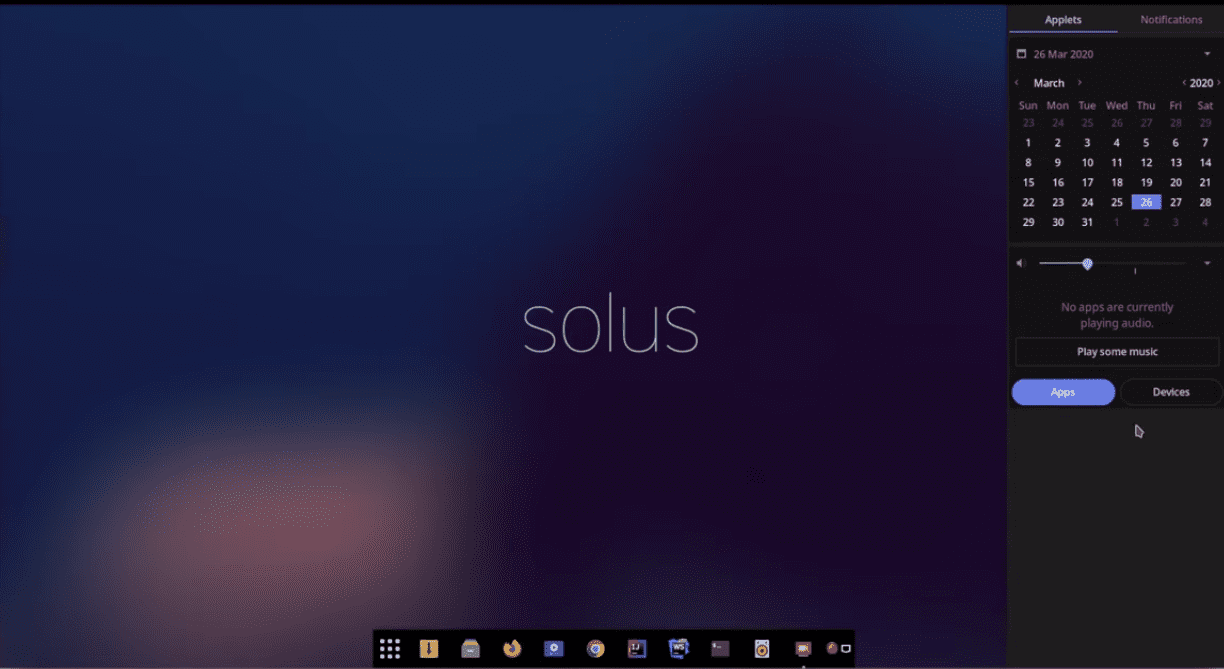
Solus Linux Distro
Solus is a Linux OS build from scratch and is not based on any significant Linux distros such as Arch Linux, Debian, or Fedora. The three core desktop environments are available for you to choose from. These include Budgie, Mate, and GNOME. All three desktop environments are acceptable by all standards, and choosing one over the other is a matter of individual preference.
In this distro, most of what you need is available at your disposal out of the box. It has essential programs inbuilt. These include applications for gaming, general home usage, and browsing purposes. Simply put, it has that touchy modern look.
It is also important to acknowledge that Solus comes with the latest and updated versions of software and drivers.
The challenge with this distro is the need for powerful hardware, just like Steam OS.
Hardware Requirements for Solus
- RAM: at least 2 GB, but 4GB is preferred
- Processor: AMD or Intel 64-bit. Avoid ARM-based processors.
- Video Card: Intel, Nvidia, or ATI
- Hard Disk: at least10GB
Game Drift Linux
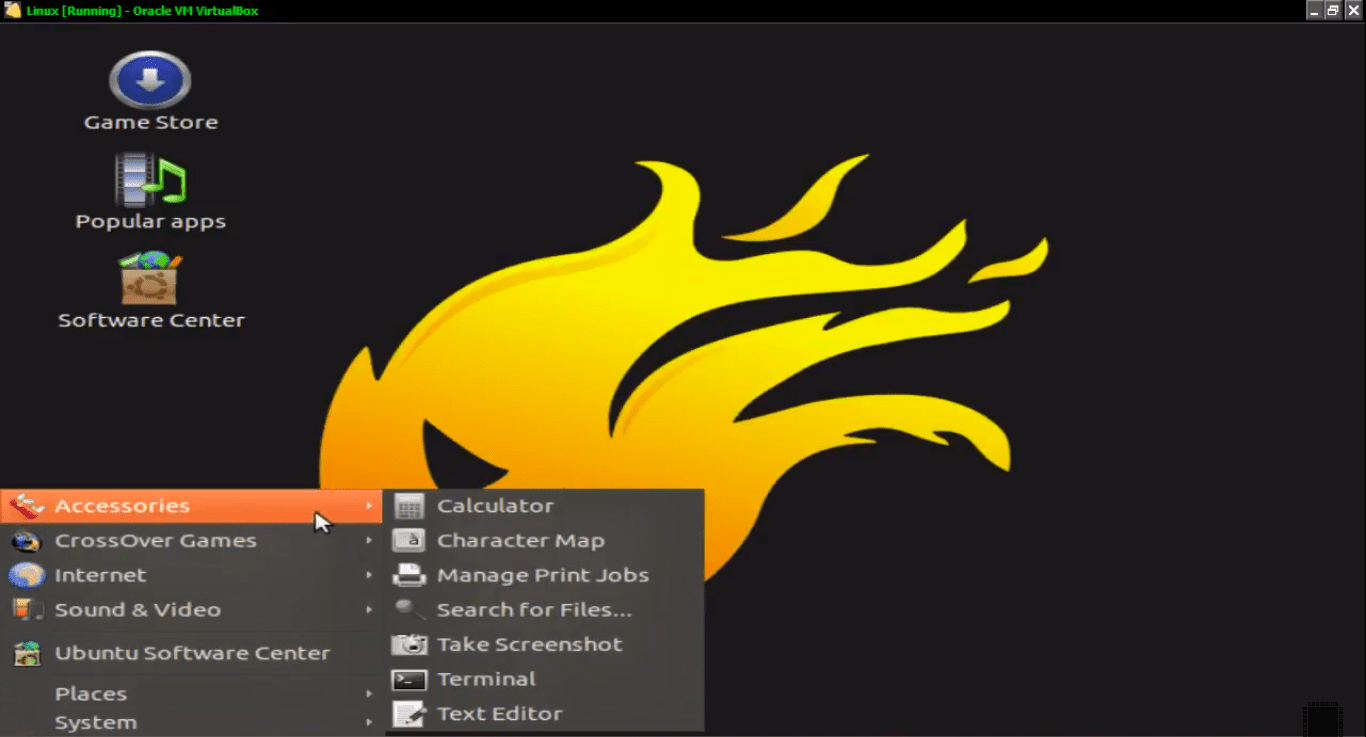
Game Drift Linux Distro
Game Drift Linux-based is based on Debian Linux. It is easy for people who have used Debian-based operating systems to switch to this Linux gaming distro. This will suit your taste and is fun too.
It has a massive fan-base with support for Windows games. This is entirely attributed to its partnership with Codeweavers. The latter is a CrossOver tech that enables windows games beyond 12,000 to be installed. Just with a trigger click, you can download and play all the 12,000 games.
The key differentiating factor for Game Drift Linux-based is its storage capacity for games and support for both Windows and Linux-based games.
This distro is, however, not free entirely, and you have to pay to use it.
Also, note that Game Drift Linux runs mate as its desktop environment of choice, supports .deb packaging format, and supports both i386 and X86_64 architectures.
Hardware requirements for Game Drift Linux-based
- RAM: at least 1GB
- Processor: AMD or Intel 1.2 Processor 64-bit or 32-bit
- Video Card: Intel, Nvidia, or ATI graphics adapter
- Hard Disk: at least 4 GB
Batocera Linux

Batocera Linux Distro
It is suitable for playing retro-games with a lot of ease. This activity is entertaining until we are tasked to deal with emulators. Installation of emulators, especially if you have to do it one after another, is not ideal or entertaining.
Batocera Linux makes this processor a roller-coaster for you because it has several emulators that it comes with by default. No need to do the manual installation!
The challenge is getting the original copy of your desired game because it is needed to play that game.
Booting is simple, and you have the option to boot-install via a USB. It is also valuable for you to realize that this Linux distro is relatively small because it backpacks resources essential for gaming. For instance, gamepads.
It is therefore not surprising to plug and play a USB stick on your personal computer of choice. This enables you to game retro anywhere and at a time of your liking.
Batocera Linux has several advantages that comprise compatibility with Raspberry pi, suitability for less powerful machines, and innate supports for graphics cards.
The challenge with the Batocera Linux distro is running games that are generally classified as high-end.
Hardware requirements for Batocera Linux
- RAM: at least 512 MB
- Processor: AMD or Intel with a minimum 2.4 GHz
- Video Card: NVIDIA, Intel or ATI
- Hard Disk: At least 2GB
SuperGamer
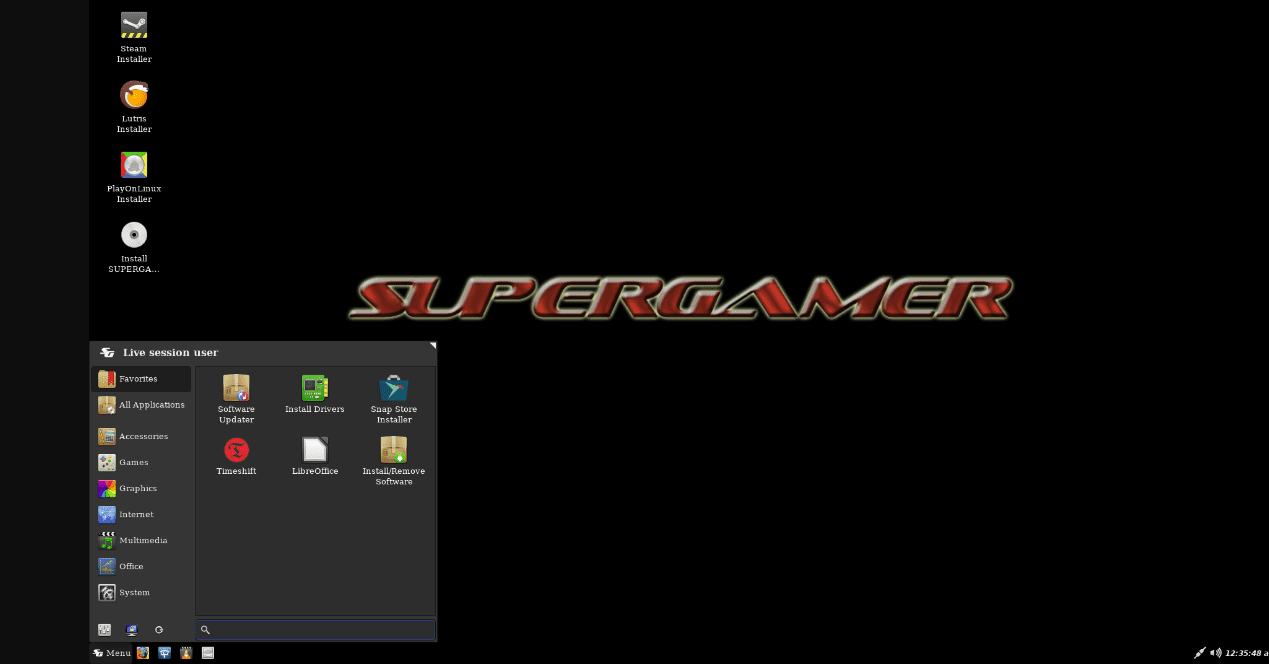
SuperGamer Linux Distro
Versions of SuperGamer below version 4 have open-source games already installed. However, for the latest version 4, you have to install them on your own if you so desire. It even has support for apps such as Steam.
It has been specialized for gaming. You can readily use a live USB or a DVD to test a new machine and be able to make a quick judgment.
SuperGamer is based on ubuntu16.04 and is thus lightweight and has support for only 64-bit processors.
The SuperGamer is open source, free, and exceptionally optimized for gaming.
Hardware requirements for SuperGamer
- RAM: at least 1.5GB
- Processor: AMD or Intel 64-bit
- Video Card: Nvidia, ATI, or Intel
- Hard Disk: at least 2GB
Lakka
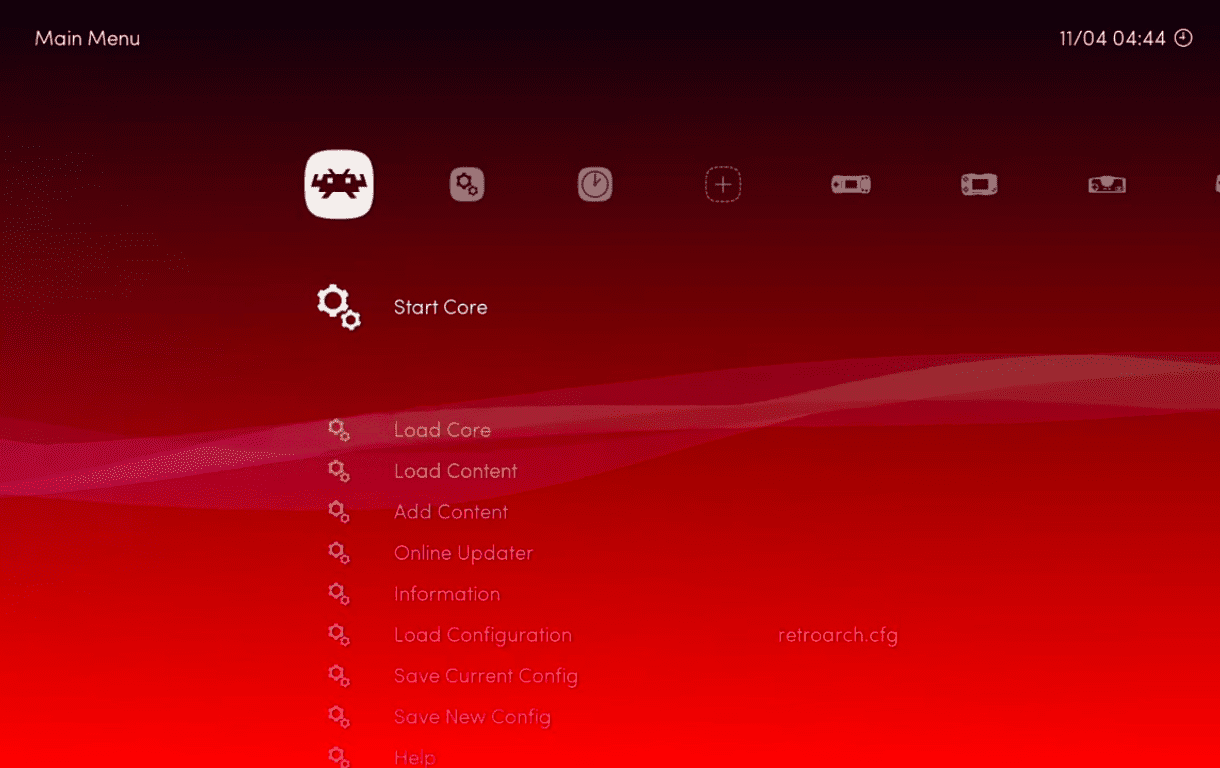
Lakka Linux Distro
Lakka is not only powerful but also optimized to run on hardware that would be considered low-end comfortably. This makes it useful for most gamers. Besides, it is built on top of the RetroArch emulator, which is quite popular among Linux users.
Some of the features in-built in Lakka set it on a different level from its competitors. These include drivers, additional hardware, and automatic recognition of Joypad that are all available in a single console emulator.
The other reason to choose Lakka is its reliability and user-friendliness built over its specialty in gaming design.
Hardware requirements for Lakka
- RAM: At least 1GB
- Processor: AMD processor or Intel processor 64-bit
- Video Card: AMD Graphics or NVIDIA
- Hard Disk: At least 10GB
Summary
Many Linux distributions have been optimized for gaming purposes. Thus, mastering your needs as a gamer is critical in helping you identify the kind of Linux gaming distro that will serve you best at the expected level of performance.
There are many considerations to look at before adopting a particular gaming distro. Some of these that you should be critical about including the system requirements for the specific gaming distro, the kind of games that spark your interest, the feasibility of configuration, and the necessary costs to run the distro effectively. Also, consider the support and stability of different gaming distros in the same category before settling on one.
We have looked at the top 10 Linux distributions for gaming in 2021. We will love to engage with you if you have used any of these distros or any other that we have not looked at, and you strongly feel it is worth looking into. Kindly share your suggestions and views. We promise to be very receptive to them.

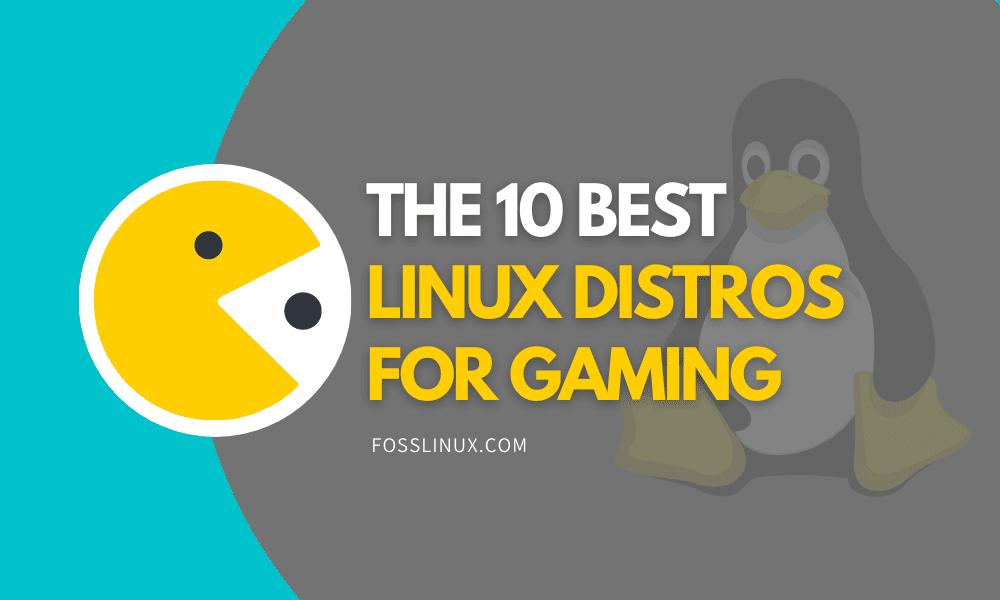
1 comment
SteamOS has seen no development in well over a year and Manjaro Gaming Edition is dead. The developer went on to create Garuda Linux instead. I stopped there since I have no interest in reading a fluff article with obvious out of date information.